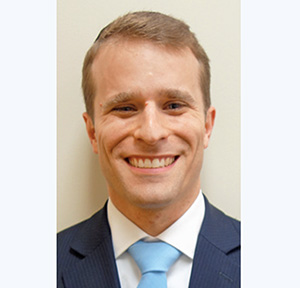

The secret solutions to our generation’s most vexing educational and chinuch challenges grow from the roots of our mesorah.
For the first time in history, children know more about navigating the world in which they live than their teachers. Students instantly fact-check classroom lessons via Google, learn how to do almost anything by watching YouTube, and keep up on the latest trends by following their social media feeds.
For these kids, a cellphone is not a graft onto their lives—it is an essential part of their beings. Separation between the real world and the World Wide Web is purely artificial. Chatting is talking. Photo posting and video sharing are the storytelling of their age.
Often, we—their parents and educators—are stuck in the past. We remain trapped in the outmoded assembly-line and knowledge-based societies we were raised in, where experts are relied upon, statistical data is trusted, and institutions govern trends and behaviors.
But the Digital Age has shattered these trite myths. Knowledge and power have been dramatically democratized and the only norms certain are those next to be challenged by the forces of disruption.
The instant availability of information has led some to errantly question the traditional school model, going so far as to replace teachers with machines. Meanwhile, the rapid decay of convention has caused others to seek the wholesale eradication of technology from their community. Neither have it right.
Fundamental to our faith is the centrality and primacy of educating our children. Pesach provides the blueprint. On Seder night we are required to ask questions, explore answers and retell the story of our redemption with such interactivity that each person actually experiences the moment of Exodus. And therein lies the modern-day solution.
The avant-garde of education offer today’s students the seamless fusion of traditional schooling, the most advanced technology and a structure that develops and enhances the critical skills of collaboration, experimentation and problem-solving in a holistic and interdisciplinary environment.
Old educational models celebrated individual achievement, demanded recitation and rewarded successful repetition. They frowned upon peer collaboration, dissuaded honest experimentation and punished failure. Yet, these are precisely the tools used to naturally learn and grow. We are social beings who are independent, naturally curious and learn best from our own actions and observations.
Today’s leading schools bring these approaches to the classroom. Students are encouraged to work together, work differently, identify problems, draw on all of their knowledge, design solutions, fail and go at it again. Theories are tested. Proofs are brought. Contradictions are found. Failures abound. And the knowledge gained through the experience informs a better tomorrow. This non-frontal approach to education is highly differentiated, project-based and action-oriented.
This is not the celebration of mediocrity, the dilution of standards or the undue recognition of effort. Rather this is the promotion of the most natural and effective way to learn. It is the way in which the world’s largest and most innovative companies work. And it works for our students.
Last week, the young men of our RTMA High School won the first-ever inter-yeshiva robotics competition where they were given a challenge to meet. The team collaborated, tested their theories, failed, refined their approach and won. At the same time, the young women of our Bruriah High School defeated collegiate competitors at a day-long Hackathon in New York City. There too, students did not excel by reciting lines of code or regurgitating the principles of physics and engineering. They won by working together, applying their knowledge and creating something unique.
The irony is that in this approach, the wise theorists of modern education have simply stumbled upon the bedrock of our mesorah and the format for the Seder. Engagement, question, answer, problem, proposed solution, proof, rejection, refinement success. Today’s leading educators are promoting the formula used in yeshivas and Jewish homes for generations.
The Talmudic and halachic methodology done correctly is a living, breathing, interactive learning experience. The chavruta system is by far the most non-frontal, highly differentiated and experiential learning methodology employed. By working in pairs, and following the pattern of our mesorah, students go at their own pace, test theories, suggest solutions, fail, refine approaches and acquire applicable knowledge through an active, participatory learning experience.
As modern classrooms give way to collaborative work and study environments where students take greater responsibility for their knowledge in a more socially organic and project-based system, we would do well to remember that as Jews we have long practiced this form of learning and that there is truly nothing new to us about it.
By Rabbi Pinchas Shapiro
Rabbi Pinchas Shapiro is the executive vice president of the Jewish Educational Center and its lower school, RTMA and Bruriah divisions.








